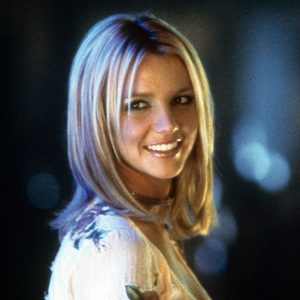A New Bird Flu Strain Emerges in Nevada: Understanding the Risks and Responses
A New Bird Flu Strain Identified in Nevada
In recent weeks, the United States has faced a concerning development in the realm of public health with the identification of a new bird flu strain, H5N1, in Nevada. This strain, labeled as D1.1 by scientists, has been linked to a dairy worker who tested positive after interacting with sick cows in Churchill County. While the worker exhibited only mild symptoms, such as conjunctivitis (commonly known as pink eye), and is on the road to recovery, this incident has raised significant alarms due to the strain’s potential severity. Notably, D1.1 was also associated with a fatal case in Louisiana last year, underscoring its potentially more severe impact on human health compared to previous variants like B3.13, which has predominantly caused mild symptoms in at least 40 U.S. cases.
Monitoring and Response: Ensuring Public Safety
Health authorities in Nevada and the Centers for Disease Control and Prevention (CDC) have swiftly responded to this situation by closely monitoring individuals who came into contact with the infected worker. The Central Nevada Health District has emphasized that there is currently no evidence of person-to-person transmission of the virus. As a precautionary measure, close contacts of the infected individual, along with other potentially exposed farm workers, are being actively monitored for symptoms. They are also being provided with personal protective equipment (PPE), testing, and antiviral medications to mitigate any possible spread. Owen Truesdell, a spokesperson for the health district, has reassured the public that the situation is being closely watched and that updates will be shared as more information becomes available.
Assessing the Risk: Low for the General Public, Higher for Specific Groups
Health officials have consistently maintained that while the virus’s spread among animals necessitates heightened precautions for those working with sick birds or cattle, the risk to the general public remains low. The CDC has clarified that the risk assessment for the public is unchanged, remaining low, but individuals with occupational or recreational exposures to birds or sick animals face a higher risk. This distinction is crucial for tailoring public health responses and ensuring that those most at risk are adequately informed and protected.
The Science Behind the Virus: Mutations and Pandemic Preparedness
Virologists have highlighted that for the D1.1 strain to spread efficiently among humans, multiple key mutations would be required. Currently, the virus primarily causes what are known as "dead-end spillovers" from animals to humans, without sustained human-to-human transmission. Recent analysis by the U.S. Department of Agriculture detected a "mammalian adaptation" in the virus from infected cows in Nevada, but there is no evidence of onward transmission among humans. This information is critical for understanding the current threat level and for guiding future preparedness efforts.
Vaccine Preparedness: A Proactive Approach to Pandemic Readiness
While the seasonal flu vaccine does not offer protection against the H5N1 bird flu virus, health authorities have been proactive in developing and testing pandemic-specific vaccines. These vaccines are regularly evaluated to ensure they remain effective against evolving strains. Encouragingly, the CDC has reported that pandemic vaccines stockpiled by the U.S. government are expected to provide protection against the D1.1 strain. Dr. Richard Webby, a leading expert at St. Jude Children’s Research Hospital, has emphasized that while antibodies from prior infections have shown promise, vaccination is anticipated to induce an even more robust immune response.
Bird Flu Cases and Exposure: Understanding the Sources
The majority of U.S. bird flu cases have been directly linked to close contact with sick animals, such as caring for ill birds or culling infected flocks. This includes the tragic case in Louisiana, where the individual had direct contact with sick birds. However, there have been three cases over the past year where the exposure source remains unknown, prompting further investigation. The CDC is currently conducting a study, with results expected this month, which may shed light on one of these unclear cases, involving a child in San Francisco. Despite these uncertainties, it is important to note that no additional cases have been identified, and there remains no evidence of human-to-human transmission.
This evolving situation underscores the importance of vigilance, preparedness, and clear communication in addressing public health challenges. By staying informed and taking appropriate precautions, particularly for those at higher risk, we can collectively mitigate the impact of emerging health threats.












